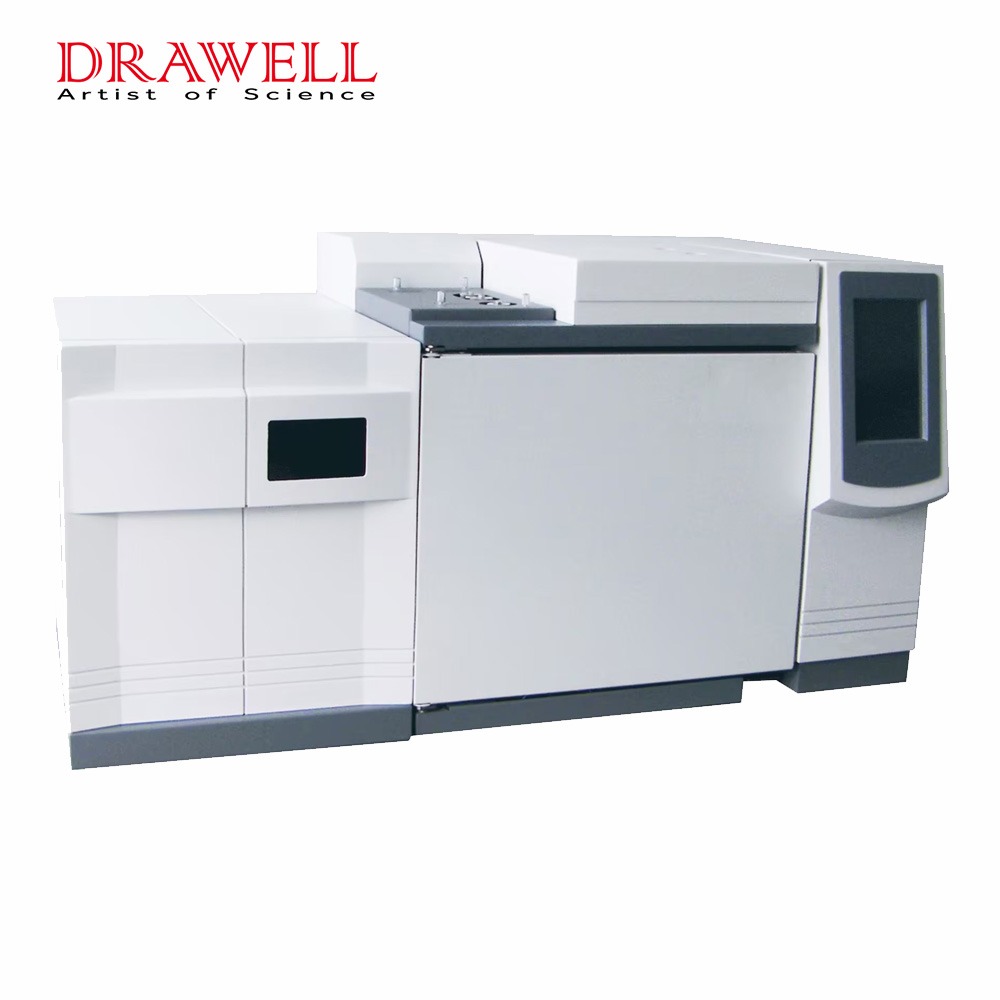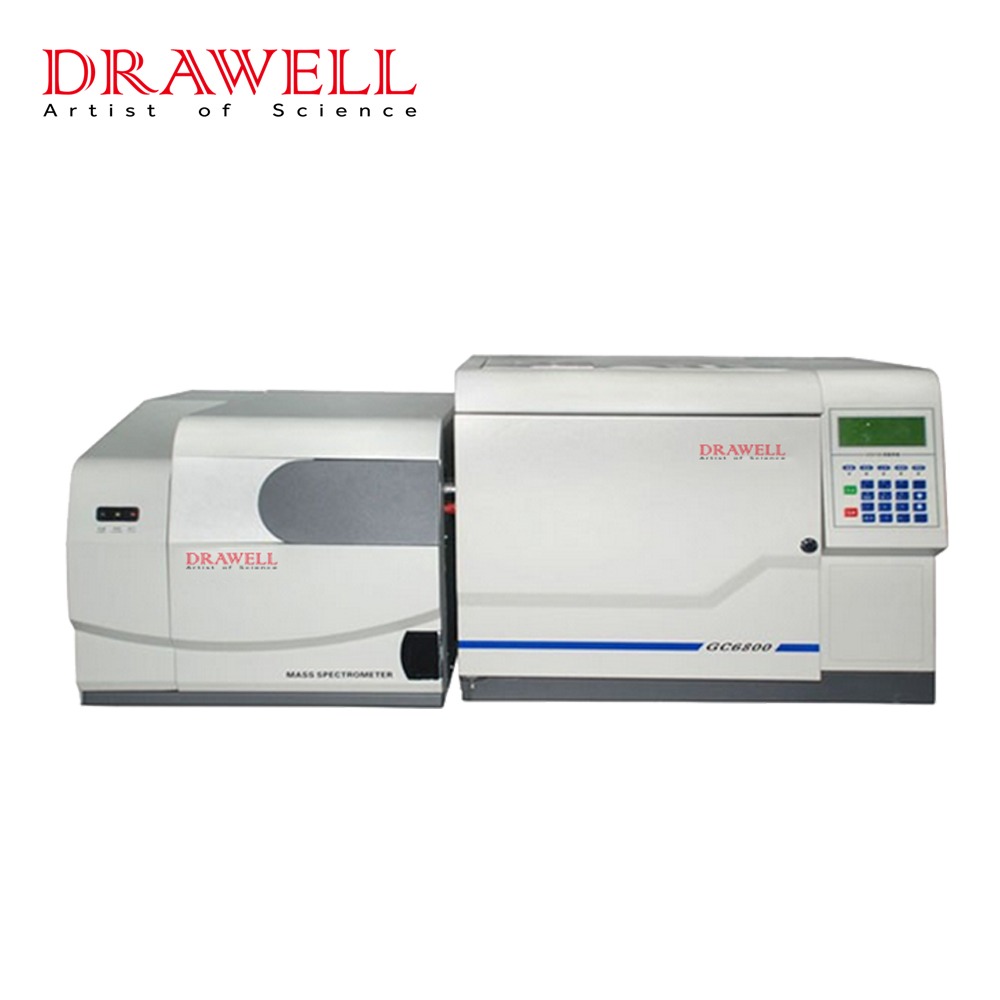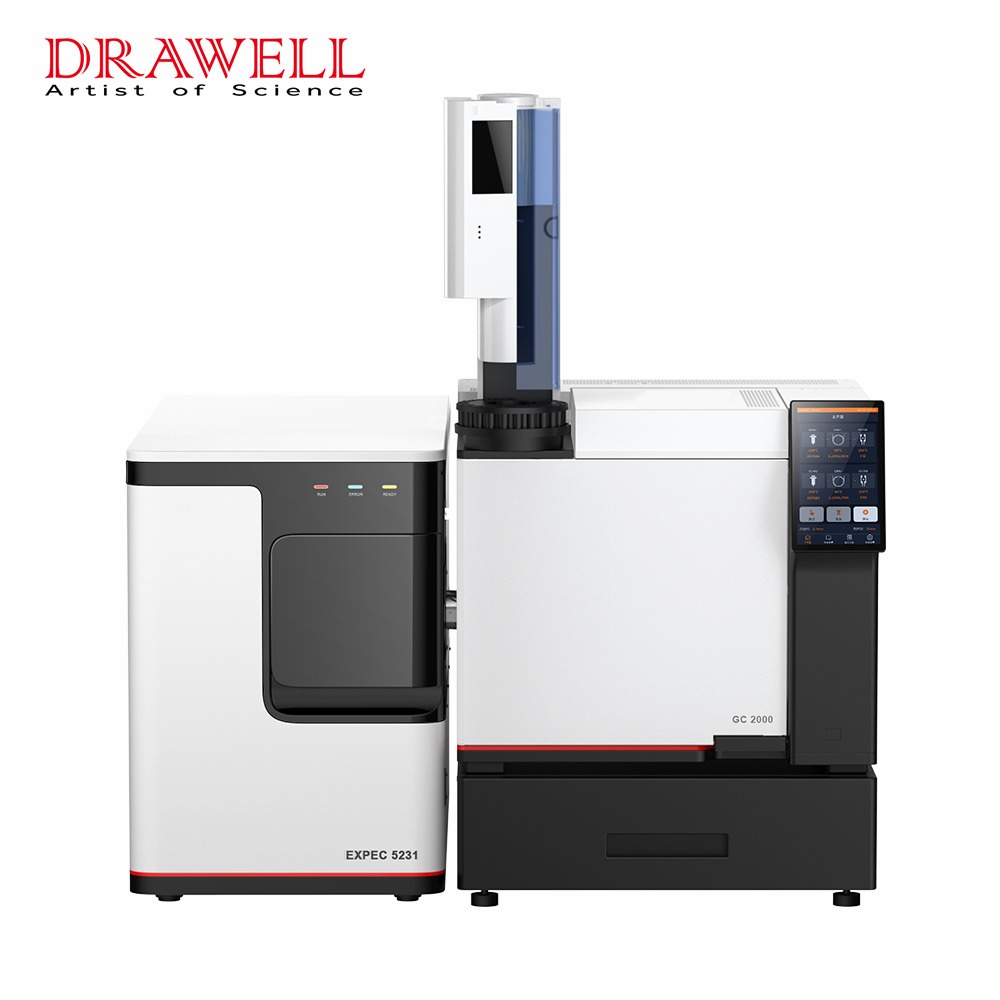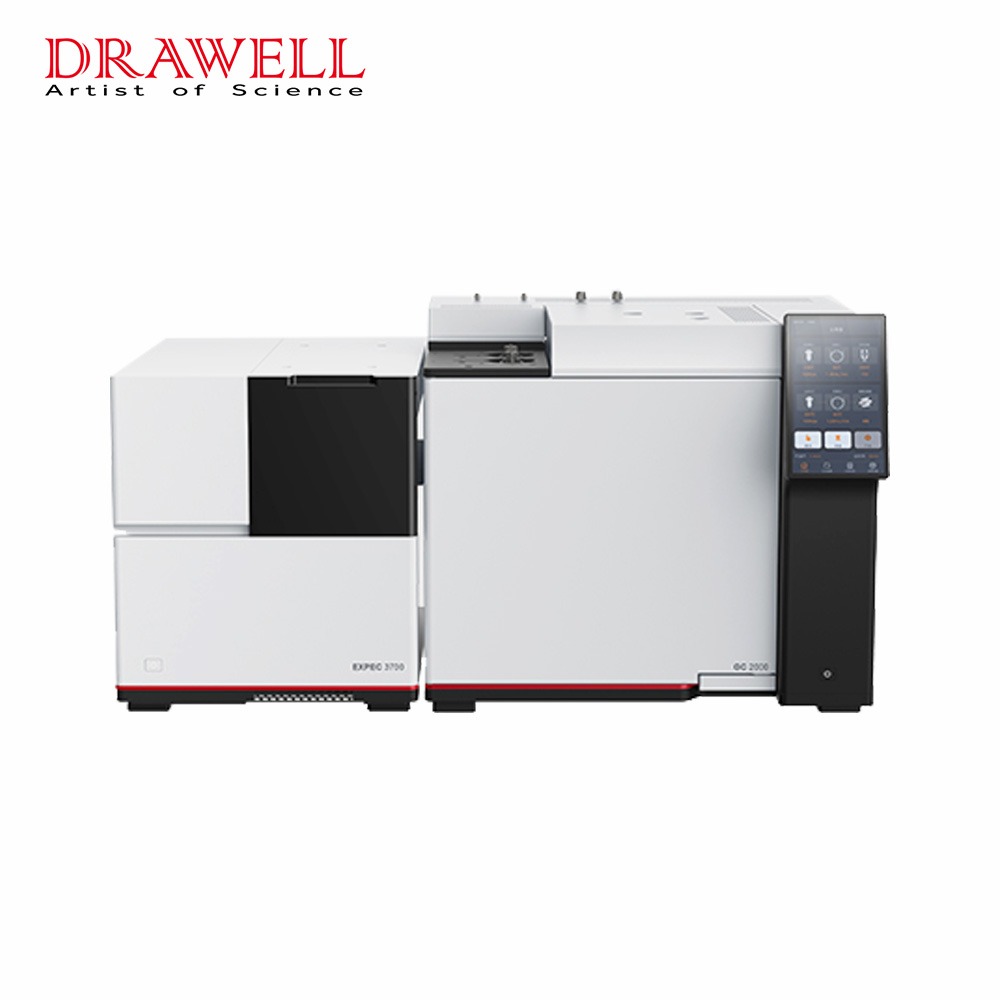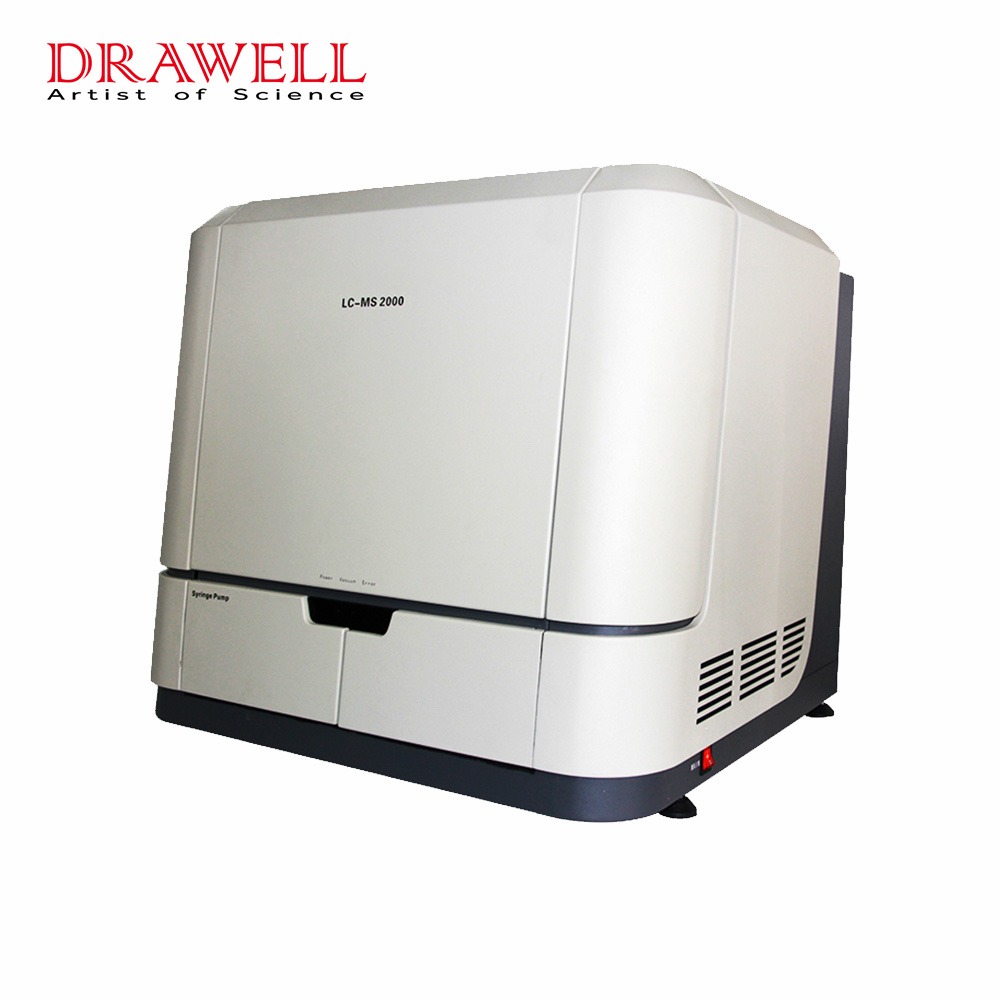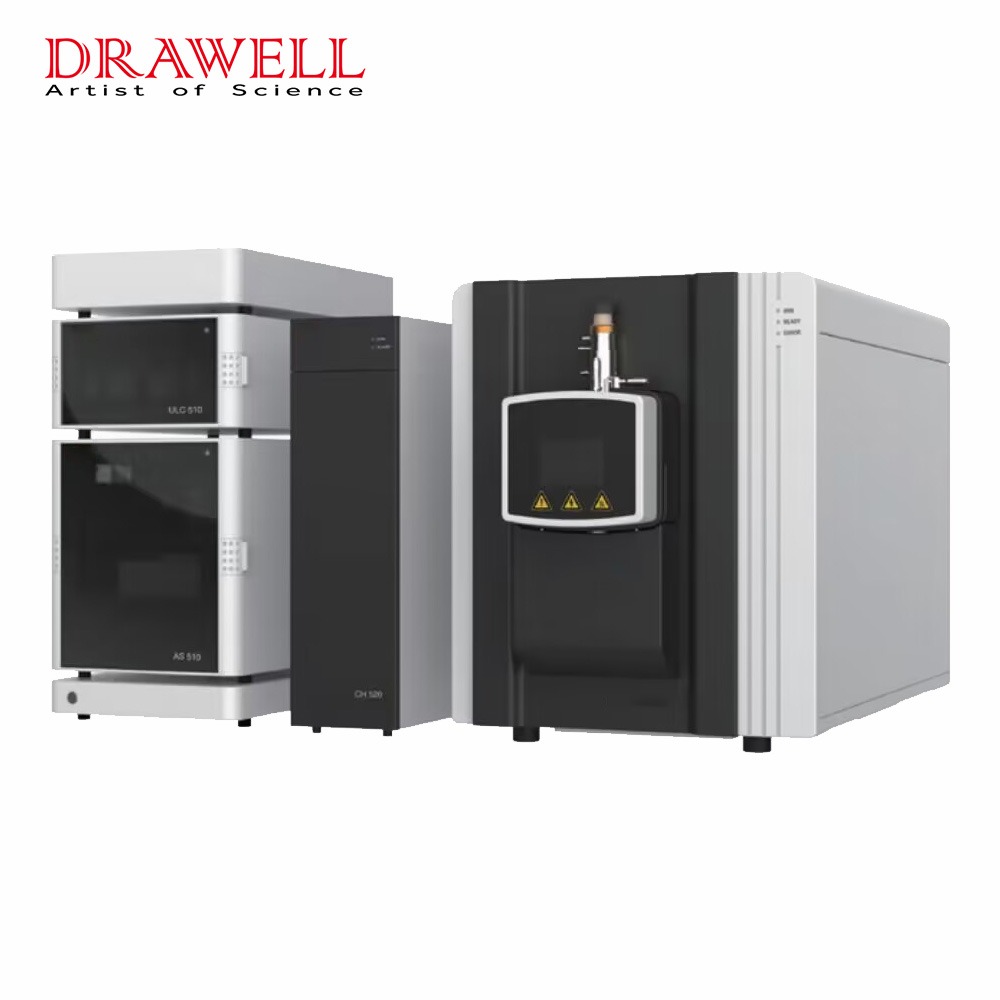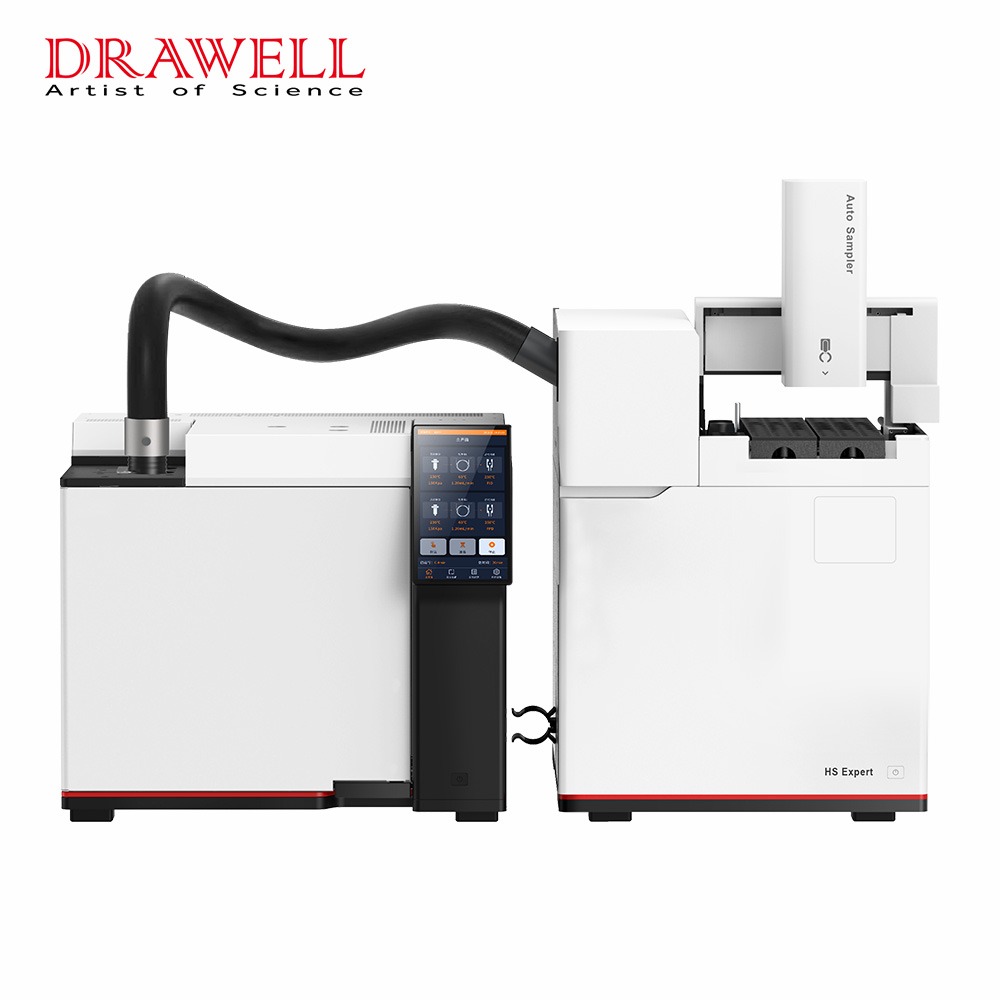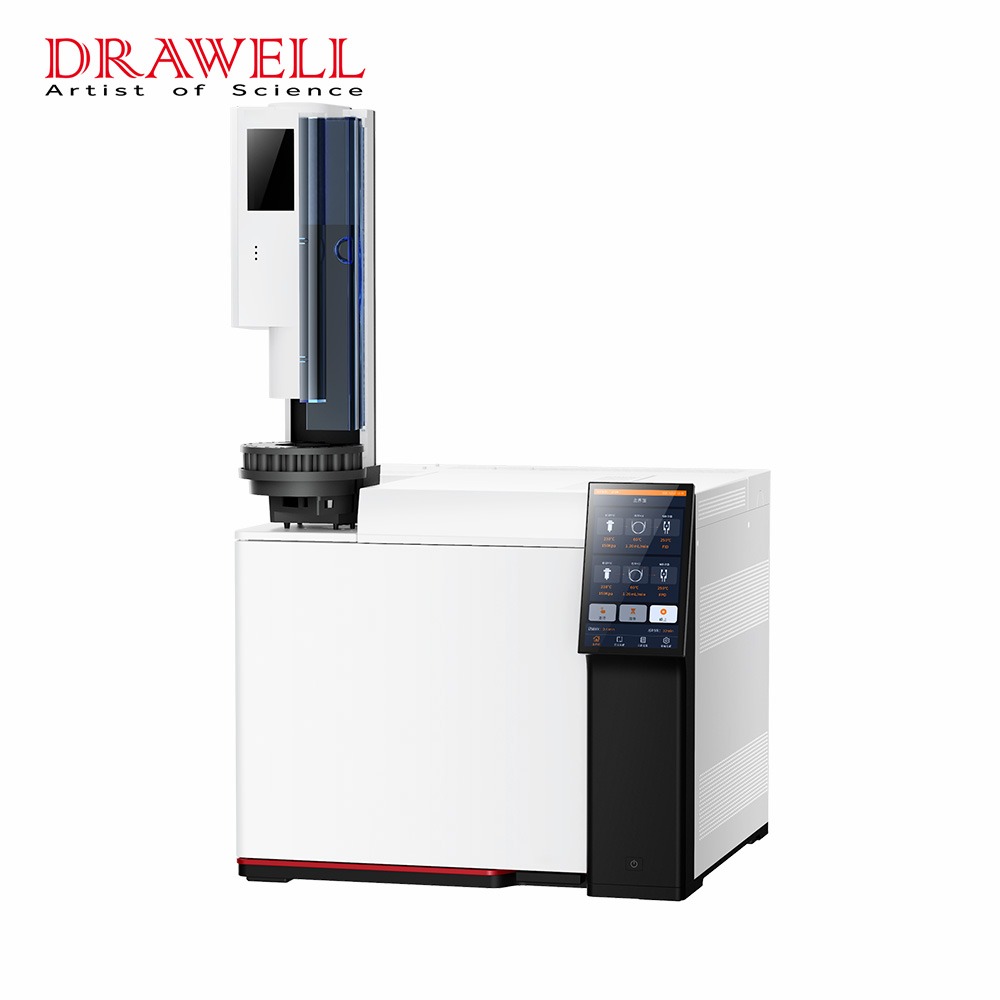High-performance liquid chromatography, also known as the abbreviation of “HPLC”, is a sophisticated and powerful analytical approach that uses chemical and physical properties to separate, identify, and quantify distinct components in a mixture. HPLC is widely utilized in a variety of fields such as medicines, food analysis, environmental testing, and so on. In this article, we mainly tell what is high-performance liquid chromatography, focusing on the aspects of the importance, components, mechanisms of separation, and proper maintenance of HPLC.
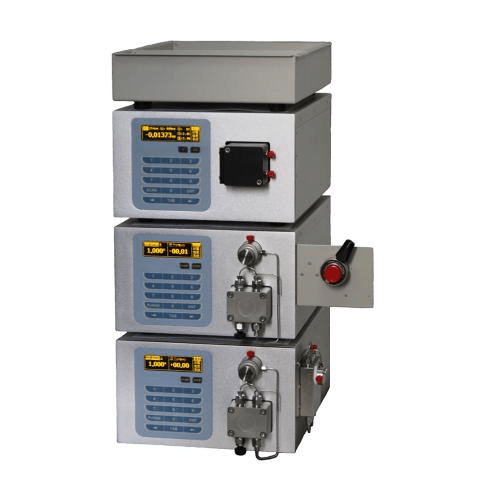
Why High-Performance Liquid Chromatography Is Important?
High performance liquid chromatography (HPLC) is a critical analytical technique used in scientific research and industry. Its significance is derived from its capacity to separate and identify complicated mixtures with high sensitivity and accuracy.
Separation and Identification of Complex Mixtures
HPLC is an indispensable technique in many scientific domains since it allows for the separation and identification of complicated mixtures with great sensitivity and precision.
Pharmaceutical Industry
In the pharmaceutical sector, high-performance liquid chromatography is commonly used to test medicinal ingredients, assure product quality, and meet regulatory criteria. It is also used to monitor and validate processes.
Food Industry
In the food industry, HPLC is widely used to detect and quantify additives, pollutants, and nutrients. It is also used to test food safety and product quality.
Environmental Testing
HPLC chromatography is utilized for environmental testing such as water quality monitoring and pollution detection, making it a significant tool for environmental management and protection.
Versatile
High performance liquid chromatography is a versatile technology that may be used to separate and analyze a broad variety of sample types, such as chemical and inorganic substances, peptides, proteins, and nucleic acids.
Advancements in Technology
HPLC technology is continually evolving, with the development of new columns, stationary phases, detectors, and data analysis software. HPLC chromatography is thus a cutting-edge technique that remains at the forefront of scientific research and industry.
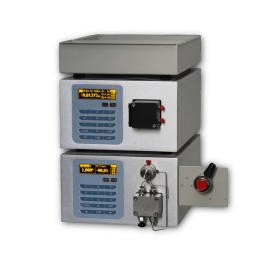
What Are The Components of High Performance Liquid Chromatography?
Solvent Delivery System
The solvent delivery system is in charge of transporting the mobile phase to the HPLC column. It consists of one or more pumps that can deliver the solvent at a constant flow rate and pressure.
HPLC Column
The HPLC column is the chromatography system’s heart. It contains a stationary phase material that interacts with the sample components, separating them according to their affinity for the stationary and mobile phases.
Sample Injector
The sample injector injects the sample into the mobile phase stream. It can be either manual or automatic, and it is usually found at the top of the HPLC column.
Detector
The detector is used to detect and quantify the components of the separated sample. UV, fluorescence, and mass spectrometry detectors are commonly employed in HPLC.
Data Analysis Software
The data analysis software is used to process and evaluate the detector’s output signals. It is capable of identifying and quantifying sample components, as well as producing chromatograms and other graphical representations.
Mobile Phase
The solvent used to elute the sample components from the column is known as the mobile phase. It is typically made up of a combination of water and organic solvents and can be tailored to optimize separation.
Stationary Phase
The substance placed into the HPLC column is known as the stationary phase. It interacts with the sample components, separating them according to their affinity for the stationary and mobile phases. Reversed-phase, normal-phase, ion-exchange, and size-exclusion materials are common stationary phases used in high performance liquid chromatograph.
What Are the Main Mechanisms of Separation in High Performance Liquid Chromatography?
The characteristics of the stationary and mobile phases, as well as the sort of interaction that happens between the sample components and the stationary phase, determine the separation mechanisms in HPLC.
Reversed-phase Chromatography
The stationary phase in reversed-phase chromatography is a non-polar hydrophobic substance, while the mobile phase is a polar solvent such as water or methanol. Non-polar or hydrophobic sample components interact extensively with the stationary phase and are maintained longer, whereas polar or hydrophilic sample components elute faster. This chromatographic technique is commonly used in pharmaceutical, environmental, and food analysis.
Normal-phase Chromatography
The stationary phase in normal-phase chromatography is a polar substance such as silica gel, while the mobile phase is a non-polar solvent such as hexane or chloroform. Polar sample components interact more strongly with the stationary phase and are held for a longer period of time, whereas non-polar sample components elute faster. Normal-phase chromatography is commonly used for the separation of polar compounds such as amino acids and carbohydrates.
Ion-exchange Chromatography
In ion exchange chromatography, the stationary phase is a charged substance, such as a resin, and the mobile phase is a buffer solution. Sample components having opposing charges to the stationary phase are attracted and held, whereas those with equivalent charges are repelled and eluted quickly. This form of chromatography is excellent for separating charged substances such as proteins and nucleic acids.
Size-exclusion Chromatography
The stationary phase in size-exclusion chromatography is a porous substance with a variety of pore sizes, while the mobile phase is a buffer solution. Sample components are separated depending on their size and shape, with larger molecules eluting faster than smaller ones. This type of chromatography is often used to separate macromolecules such as proteins and polymers.
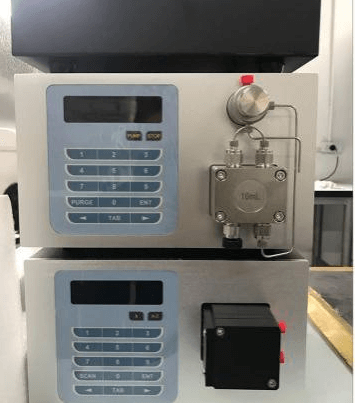
What Are the Regular Maintenance Tasks of High Performance Liquid Chromatography
High performance liquid chromatography (HPLC) is a powerful analytical technology that requires regular maintenance to produce precise and dependable results. Users can extend the life of the HPLC system and maximize its performance by conducting regular maintenance chores and adhering to the manufacturer’s direction.
Column Care
The HPLC column is a vital component of the chromatography system, and regular care and maintenance are required to ensure optimal performance. The column should be flushed with appropriate solvents before and after each use, and it should be stored in a suitable solvent while not in use. In addition, the column should be updated on a regular basis to provide consistent and dependable results.
Solvent Care
The mobile phase solvents and buffer solutions used in HPLC should be of high quality and free of contaminants. Solvent reservoirs should be cleaned and refilled regularly, and the solvent lines should be flushed with fresh solvent periodically to prevent buildup of salts and other impurities.
Detector Maintenance
The HPLC column is a vital component of the chromatography system, and regular care and maintenance are required to ensure optimal performance. The column should be flushed with appropriate solvents before and after each use, and it should be stored in a suitable solvent while not in use. In addition, the column should be updated on a regular basis to provide consistent and dependable results.
Pump Maintenance
The pump is responsible for delivering the mobile phase at a constant flow rate and pressure, and proper maintenance is essential to ensure accurate and reliable results. The pump should be cleaned and calibrated regularly, and the seals and tubing should be replaced periodically to prevent leaks and ensure consistent flow rates.
Software Updates
High performance liquid chromatography data analysis software should be updated on a regular basis to ensure optimal operation and to take advantage of new features and improvements.
Preventive Maintenance
Regular preventative maintenance, such as cleaning, lubrication, and inspection of all components, is required to ensure proper operation of the HPLC system and to avoid failures or malfunctions.
Summary
HPLC chromatography is an important analytical technique that includes passing a sample through a column packed with a stationary phase material, which separates the components based on their differential affinity for the stationary and mobile phases.

